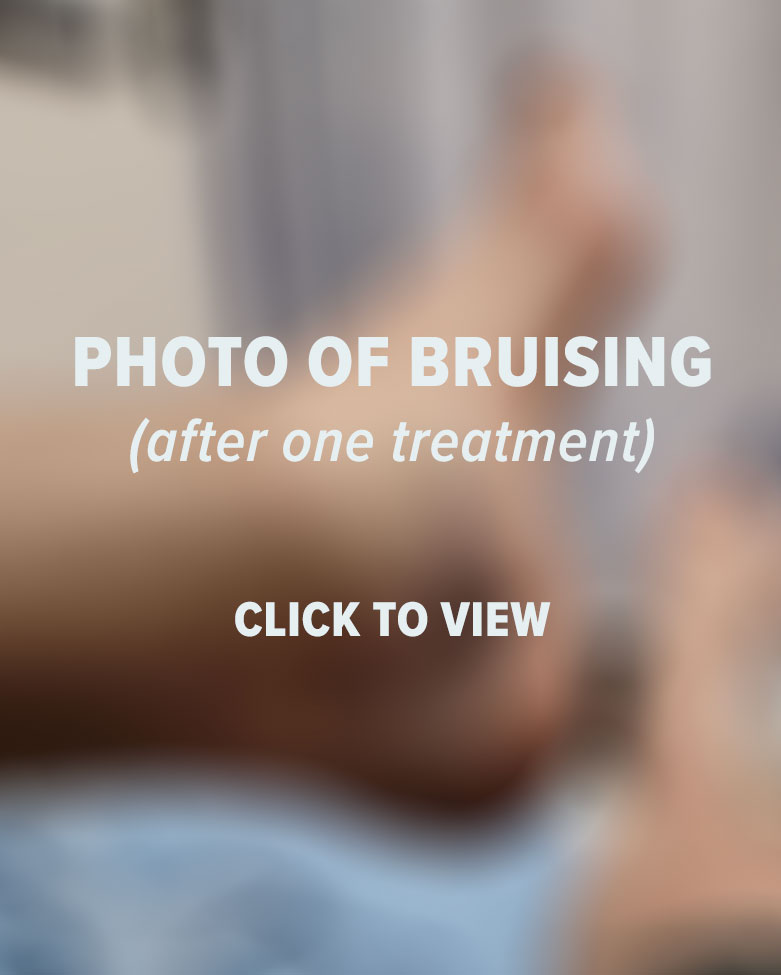Connective Tissue Massage (CTM)
All of the structures in the body are surrounded, protected and supported by connective tissue. It holds together the body's organs and systems, while at the same time providing structural support for the skeleton and soft tissue (muscles, tendons, organs, etc.). This tissue changes readily, softening and lengthening when energy is added through deliberate contact.
CTM helps relieve chronic tension, increases ease of movement, improves posture and enhances self-awareness. A session can be organized to focus on a specific area or as a full-body session, addressing the entire superficial layer of fascia. This leaves clients feeling longer, lighter and more open throughout their bodies, and still allows specific concerns (injury prevention, and rehabilitation from many types of injuries) to be addressed. The session is done using little to no oil/lotion.
CTM clearly stands alone as a modality, but can be integrated with other massage techniques.
-johnLatz.com Institute of Structural Integration.




